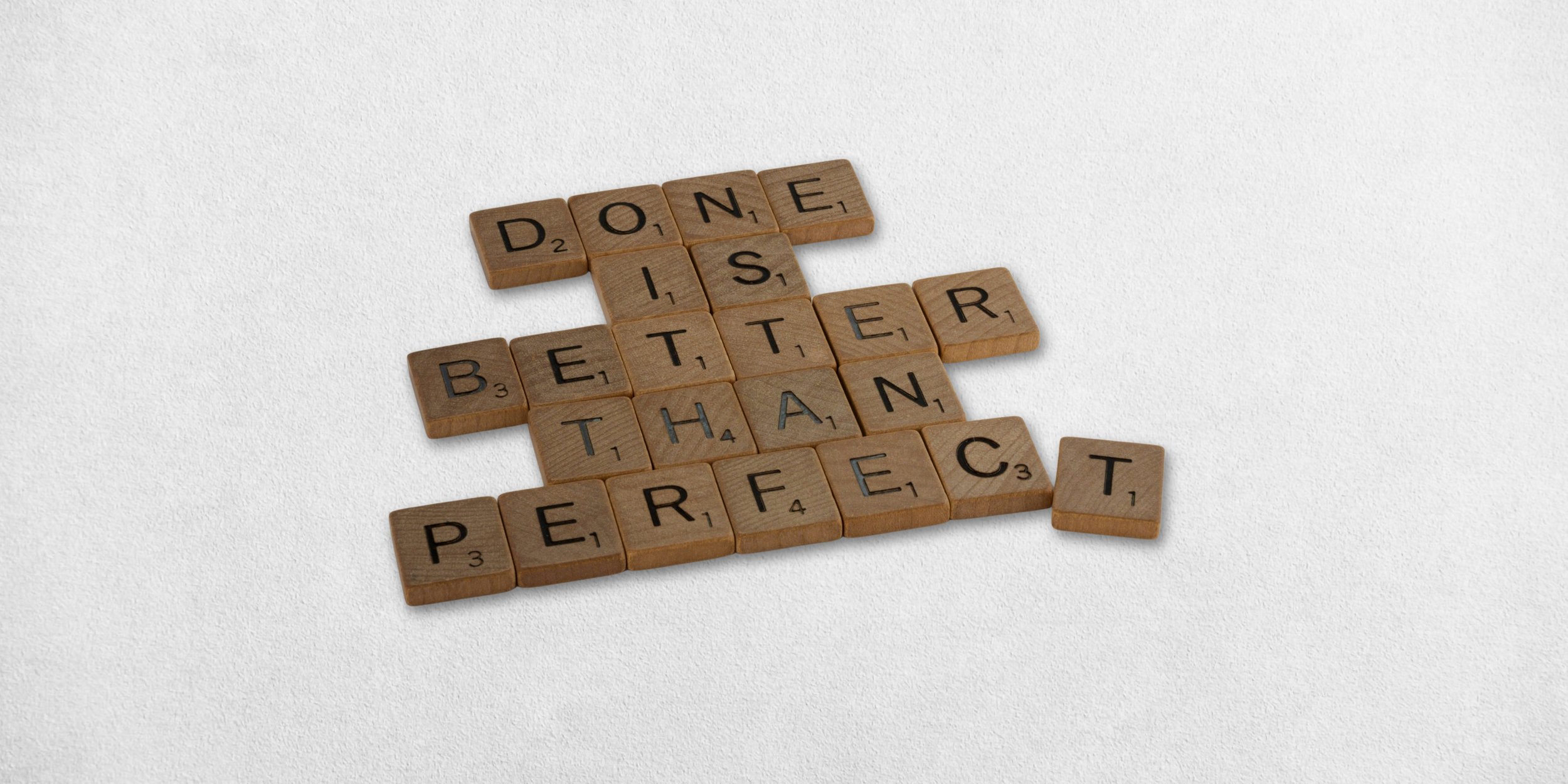
Let’s talk about something many of us carry quietly: perfectionism.
It’s one of those “flaws” we often wear with a hint of pride, like “I know, I know, I’m such a perfectionist…” as if to say, see, I care deeply, I work hard, I get things right.
But beneath the surface, perfectionism often masks something more complex. This week’s reflection is an invitation to explore what’s really behind it.
WHY THIS EXERCISE
This process doesn’t just apply to perfectionism. You can use these steps for any behavior you want to better understand – self-doubt, overworking, people-pleasing, whatever comes up.
EXERCISE FLOW
This reflection is broken into four steps, each offering a new way to understand and shift the perfectionist pattern:
Choosing your beliefs
Visualise a new way
Your action plan
Feel free to move through them at your own pace. Let it be an honest, open-ended process.
DETAILED PROMPTS
1. When & why does your perfectionism show up?
Start by identifying the situations where perfectionism appears in your life, and reflecting on why it appears.
When do you notice yourself obsessing over details, hesitating to start, or struggling to finish?
What do you think you’re trying to achieve when you do that?
And—ask “why” a few times.
Example: “I’m perfecting this project” → Why? “Because I don’t want to start the next project” → Why? "Because I'm scared to fail" → Why? “Because failure means not being good enough.”
Keep digging until you uncover the positive intention behind the behavior. Maybe it’s about safety, love, control, or approval.
2. Choosing your beliefs
Turn the "whys" you identified into beliefs:
What do you believe about yourself, failure, or success in those moments?
e.g., “Mistakes mean I’ve failed,” or “I have to succeed to be loved.”
Ask yourself:
Do you want to keep these beliefs?
Could you let them go?
This step is powerful. Some beliefs feel like facts because they’ve been with us for so long. But they’re not inevitable, they’re choices. You get to decide what stays.
3. Visualise a new way
For the limiting beliefs you chose to replace, decide what your new belief will be.
(e.g., “I can start even if I don’t feel ready,” or “My worth isn’t based on outcomes.”)
Now picture:
How would you handle the same perfectionist-prone situation with this new belief?
How would you act, speak, sit, or carry yourself?
What would your tone be like? What would you do differently?
Make it vivid. The more real it feels, the more real it becomes.
4. Your action plan
Decide on some tangible steps that you can take in the coming days.
Is there a project you’re perfecting out of fear?
Can you label the behavior not as “doing my best,” but as “avoiding something scary”?
What’s one thing you can start, or stop today?
This practice isn’t about eliminating perfectionism. It’s about softening its hold and offering yourself a different way forward.
Come back to this reflection whenever you need to reconnect with your intentions—and remind yourself that growth often looks quiet, subtle, and imperfect.